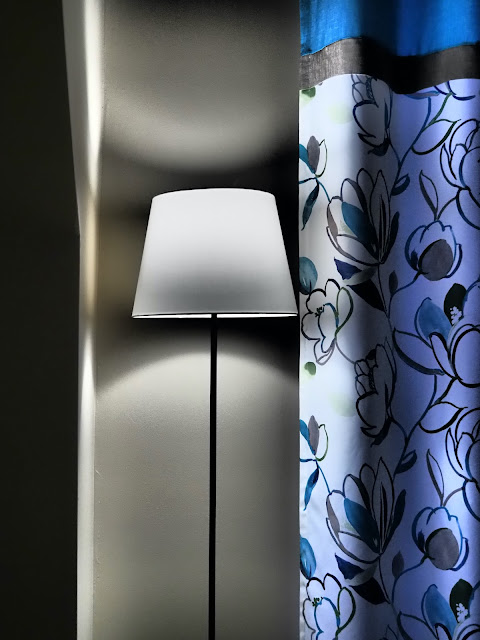When we speak about available light, many times we are referring to low light situations. Capturing these darker moments is not an easy task for any photographic classic or modern devices. It stretches them to their technical limits to get an acceptable image rendering. The "quality" of light is often associated with "quantity" of it meaning it add a lot of density of the picture definition and more density can help in image post-editing.
Be able to record low light contexts can be very rewarding because these pictures add a lot to the mystery and the magical of the subject. Intimate, strange, scary, ethereal, all these qualifiers can be evoked to describe a low light photograph. Recent digital camera models are now better equipped to record those special contexts. They have access to higher image sensor light sensitivities (ISO levels) that we had never expected to be available and sufficiently workable during the traditional analog-film era. Now it is manageable as long you take a minimal special care in holding your camera and be aware about the blur induced by the subject movement if it happens.
A special care could be also taken by the photographer not to destroy the "scarce" light distribution that definite the low light context of the subject. For most of the time the details of it can be more suggested than fully definite like in the daylight or well-lit contexts. Experimentations can help by bracketing your exposure to get a range of different light interpretations for example. Digital photography permits you these different image essays at low cost and with easy executions.
Many photographers are easily discouraged by low light situations, but they are avoiding a lot of original opportunities to get special pictures and it is a pity because these image contexts are often interesting more that their full lit counterparts. There is no reason not to try and not to succeed today in that very peculiar photographic task.
A "Low-Light" Setting Memo:
Hold steadily the camera or use a fixed stand (tripod, wall, floor, table, etc.); Pay attention to your (slow) shutter speed; Be aware of your focus point especially with a shallowed deep of field when using a larger lens aperture; Note your image sensor sensibility (ISO) that can influence your image quality (by definition increase image noise presence); Have a good comprehension of the light distribution of your subject that will compose your final picture; Don't hesitate to review the taken picture and do it again if the first result doesn't please you.
Photos Daniel M: Olympus OM-D E-M5 III / M.Zuiko ED 14-150mm II / ED 75-300mm II



Aucun commentaire:
Publier un commentaire